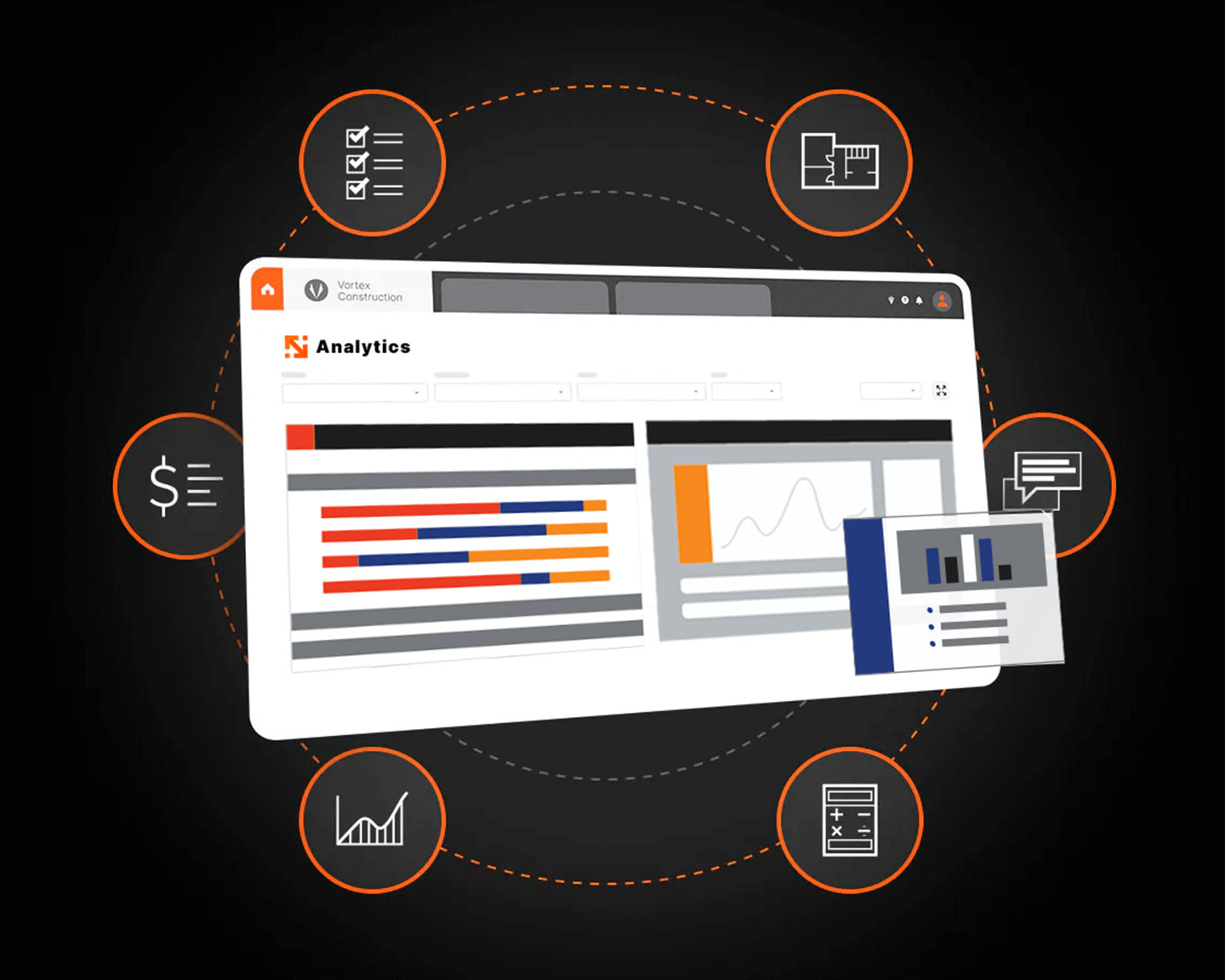In a recent owners webinar moderated by Peter O'Brien (Head of Owners Strategy, Procore), industry experts discussed the complexities of the owners market. Panelists included Deidra DenDanto and Steven Scott from Deloitte, and Sara Angus from Starbucks.
The conversation revealed a fundamental truth: the owners thriving in today's market aren't just those with the best plans, but those well-equipped to adapt, measure, and pivot when facing risk across their portfolio.
Macro-Level Challenges and Strategic Responses
The current owners market presents a perfect storm of challenges that would have overwhelmed traditional project management approaches. Steven Scott painted a stark picture of the regulatory landscape, noting that “there are about 185 countries impacted with a baseline tariff of about 10%." What this represents to owners is a reality where regulations may shift multiple times during a single project's lifecycle, disrupting the project’s initial plans.
But rather than retreat, leading owners are embracing agility as their core strategy. Deidra DenDanto outlined a compelling approach: creating "very agile task forces" across different departments - essentially building "SWAT teams" that can quickly digest changes and formulate operational responses. For many owners, this is a baseline strategy for remaining competitive in a world where assumptions made in yesterday’s planning phase may no longer hold true tomorrow.
The talent shortage adds another layer of complexity. Organizations are discovering that their greatest competitive advantage isn't just securing skilled workers, but creating systems resilient enough to function effectively even when key personnel are stretched thin.
From Reactive to Predictive
Perhaps the most transformative shift recognized in the owners market by the Deloitte team is the shift from reactive to predictive project management. The team emphasized that this transition requires more than just new software, it demands a fundamental reframing of how organizations collaborate to make decisions.
At the heart of this transformation lies the concept of the "digital twin," - a virtual representation of a real-world object or system, acting as a dynamic digital counterpart for simulation, monitoring, and analysis. Simply put, data management systems like Procore act as a crystal ball for project managers, helping organizations anticipate challenges and risks across their portfolios before they become crises.
Deloitte shared an example from one of their clients in which an AI system analyzing thousands of weld photos was able to identify potential issues in real-time, lessening the risks of human error in traditional QA/QC inspections while saving significant time and resources.
But technology alone isn't the answer, and it’s no silver bullet. Success requires investing in a solid digital foundation that enables seamless cloud collaboration across all stakeholders—owners, architects, engineers, and project teams. The owners winning in their sectors understand that technology serves strategy, not the other way around.
Defining Resilience in Action
What does resilience actually look like in practice? Deidra DenDanto offered a definition that cuts through the buzzwords: resilience is "all about performance and ability to change and be agile." She distilled this philosophy into a powerful principle: "if you measure, it will improve."
This means creating agile responses that allow owners to "shift and change with what's going on in the short term and alongside their long term strategic goals." Critically, it requires the courage to abandon investments that no longer align with strategic objectives, even if significant resources have already been committed. In today's environment, sunk costs may be less harmful than continuing down the wrong path.
Starbucks: A Case Study in Transformation
Sara Angus, Director of Construction at Starbucks, brought these concepts to life while recounting Starbucks' remarkable transformation. Facing the challenge of managing 300 new stores and 600 renovations annually, the company discovered that their biggest obstacle wasn't necessarily restricted to market conditions, it was also related to their own processes.
This awakening came through data analysis enabled by Procore. What Starbucks believed was a 52-week project cycle was actually taking 70 weeks. In their grocery segment, what they thought was a 20-week cycle stretched to 40 weeks. These weren't minor discrepancies; they represented massive opportunity costs in terms of delayed revenue and market entry.
The solution required more than process tweaking, it demanded fundamental re-engineering. By critically examining their processes alongside their ever-increasing wealth of data in Procore, Starbucks compressed their new store cycle. Following this reevaluation, the transformation in their grocery segment was dramatic, dropping from 40 weeks to an average of 25, with some projects completing in just 12 weeks.
The Platform Strategy: Creating a Single Source of Truth
Managing complex portfolios requires more than good planning, it demands robust data systems. Starbucks found their answer in creating a unified platform through Procore, which serves as their "one-stop" solution for managing everything from planning to operations.
The real value emerged when they moved budgeting, estimating, and scheduling into the same platform. By consolidating these processes into Procore, the Starbucks team was able to track key internal and external milestones while leveraging data to identify process bottlenecks before they become project delays.
From a risk mitigation standpoint, Starbucks employs financial incentives for licensees, provides suppliers with volume targets, and strategically pre-buys materials to lock in costs. Angus acknowledged the inherent risk in this approach, noting "you have to figure out risk and reward as with everything." The key, she says, is understanding the lifecycle of different components, for example, 18-month windows work well for stable materials, but longer commitments risk obsolescence due to specification changes.
Innovation in Project Delivery: Beyond Traditional Methods
The most forward-thinking owners are even experimenting with entirely new delivery frameworks. Starbucks' turnkey program for licensees represents one innovative approach, while their prefabricated building pilot pushes boundaries even further. In this model, an entire store arrives on two trucks and can be "stitched up" and operational in just two days.
For larger projects, Steven Scott highlighted the growing adoption of Integrated Project Delivery (IPD) amongst his clients. This approach brings together owners, architects, engineers, and contractors in a single project team that agrees on target costs - ideally, by aligning incentives and waiving traditional claims, IPD fosters unprecedented collaboration.
These aren't just alternative delivery methods—they represent fundamental shifts toward frameworks that prioritize collaboration and efficiency while avoiding traditional project risks.
The Path Forward: Agility Meets Strategy
The insights from this dialogue point toward a clear conclusion: success in 2025's capital program market requires organizations that are simultaneously strategic and agile. The winners won't just be those with the best initial plans, but those equipped with the tools, processes, and mindset to measure, adapt, and act on data insights that change the story in real-time.
Deidra DenDanto's principle—"if you measure, it will improve"—serves as both a tactical guideline and a strategic philosophy. Organizations must identify measures on capital investments that align with strategic goals, then create systems capable of rapid response to changing conditions.
The Starbucks case study demonstrates that this isn't just theory. By embracing data-driven decision-making, unified platforms, and a commitment to continuous improvement, organizations can achieve remarkable transformations in project delivery while building genuine resilience for whatever challenges lie ahead.
When change is the only constant, the most resilient capital programs are those designed not just to weather storms, but to adapt to them as early as possible for competitive advantage.




